<Back to News Home |
Gravel Grinder News: New Ultegra 8000 Highlights- by Guitar Ted
Editor’s Note: These news posts used be titled “Fresh Gravel”, but in a nod to our past, and to use a more appropriate title, we are bringing back “Gravel Grinder News” as a way to share pertinent press releases and event news on Riding Gravel.
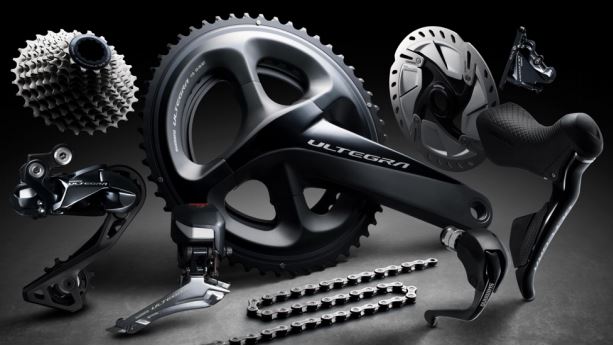
Shimano Ultegra 8000 Debuts: In a nod to the expanding “adventure/gravel” bike segments, Shimano has included a few tidbits in their newest Ultegra 8000 group that should be of interest to gravel road riders. Enhancements abound, as always, but specific details reveal some big changes in what Shimano is offering for gravel grinders everywhere.
The crank set is now designed to work more efficiently with 135OLD rear wheels and shorter chain stay lengths so that the chain will not hang up on the chain ring teeth. (Think cross chaining) There are also four chain ring combinations supported by one bolt circle diameter standard. 46/36, 50/34, 52/36, and the traditional 53/39 are available. But the big news in the drive train comes with what Shimano offers for cassettes and rear derailleurs in Ultegra 8000.
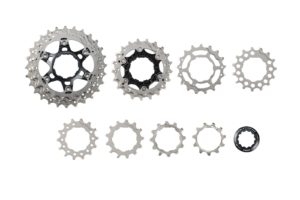
First, the wide range gearing needs of gravel road riders has been addressed by Shimano’s newest 11-34 cassette in this series. This cassette also will retrofit on to 10 speed wheels since Shimano used a dished last/largest cassette cog design. An 11-32 and 11-30 are also offered for those not needing such deep gearing.
Rear derailleurs are now offered in two versions in both Di2 and mechanical applications. “SS” cage Ultegra derailleurs work with cassettes from a 25T low and using up to a 30T low gear. “GS” Ultegra derailleurs work with the 32 and 34 tooth equipped Ultegra 8000 cassettes. Shadow profile and construction comes to Ultegra, but without any clutch options, which is to be lamented. Both the Di2 and mechanical rear derailleurs are now Shadow style derailleurs.
Front derailleurs continue with the “toggle” design which replaced the long arm type front derailleurs which required excessive cable tension to operate. Ergonomics and hand pressure to shift are said to both have been addressed with the new front derailleur and Ultegra 8000 levers.
The disc brake versions of Ultegra 8000 have also received enhancements with the most striking being the new rotors which are claimed to help dissipate heat even better than the previous version did.
Note: Information and images for this post were provided by Shimano
Discuss and share your questions or thoughts about gravel bikes, gear, events and anything else on the Riding Gravel Forum
[adrotate group=”1″]


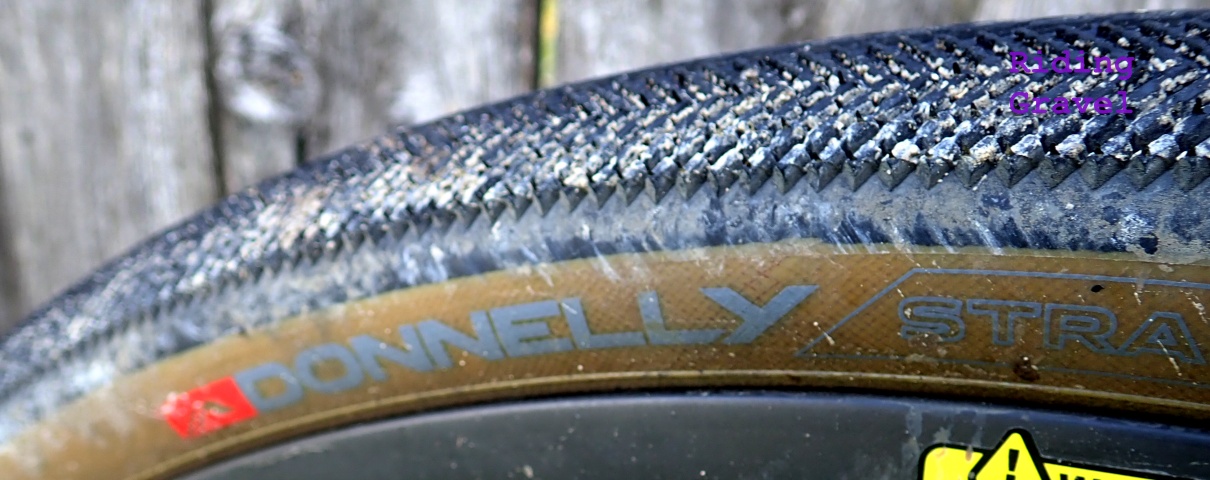
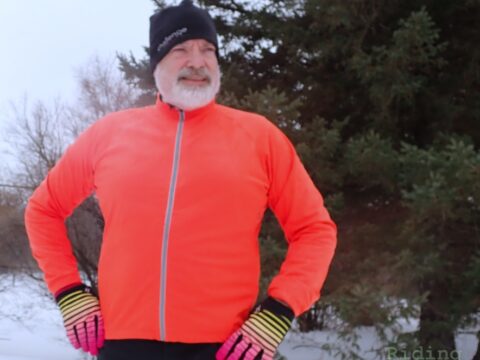

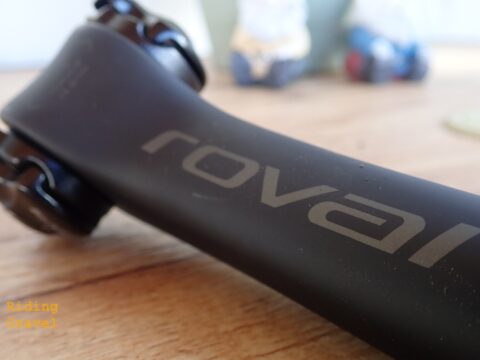
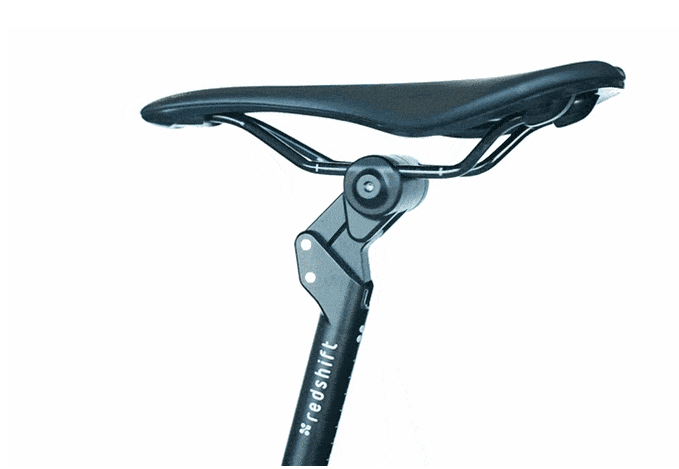
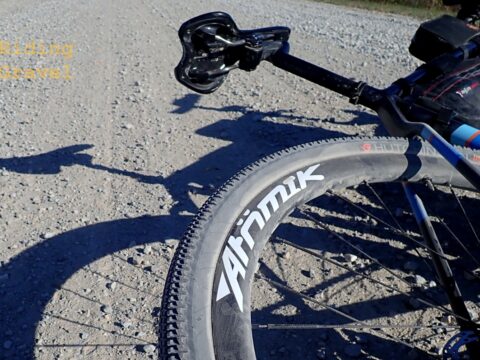
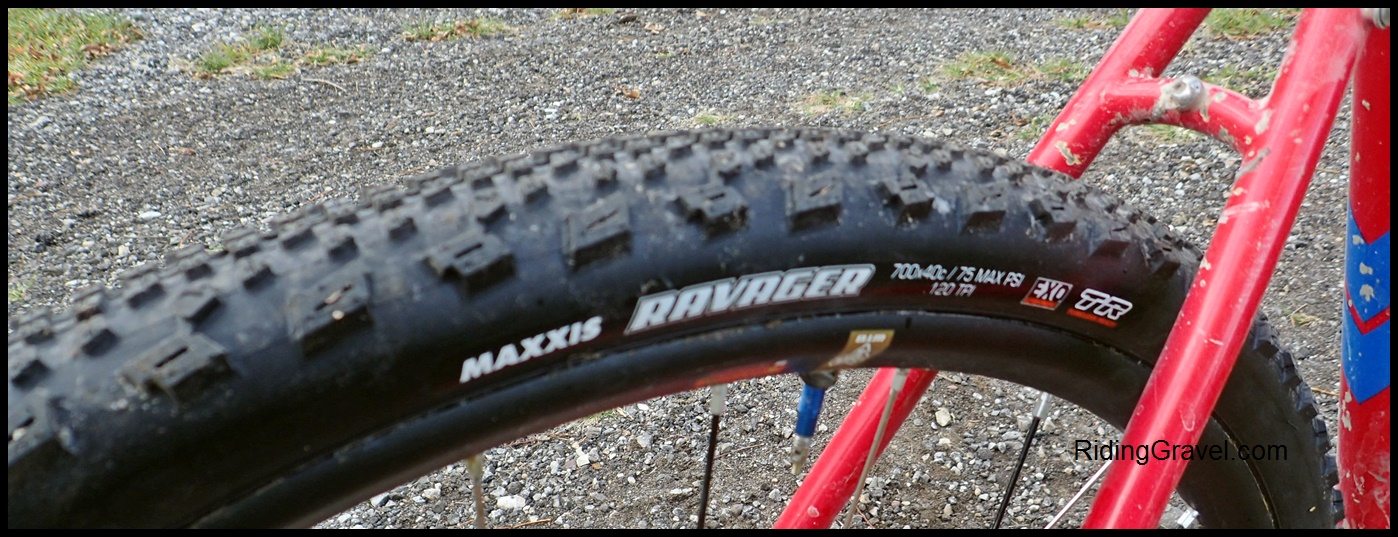


Still waiting for that 12-30T cassette. Sigh…..
Seriously, I don’t get it either. If I have a 50-53 biggie no need for an 11. I’m tucking by then!
For a 50 front I’ll take 11 over a 12 all day as it provides a higher top end when needed. It’s 11 speed, missing a single cog such as a 12 is no big deal. The fact that people actually complain about it shows how myopic and spoiled riders have gotten. Heck, just 2 decades ago the very best riders in the world were riding 7 speeds without crying like babies about their rear cogs. LOL
I want 2x drivetrain with clutch – why can’t I get this in road equipment, why???
@Gravel ridin’- This seems, in my opinion, to be the major oversight in Shimano’s design for road/all-road/cyclo cross groups. I can understand why road racers wouldn’t like it, because it changes the feel of the shifters and causes a heavier handed approach. However; by not offering this I feel that a major factor in drive train stability for off-pavement road bikes is sorely missing.
Not to mention that it would make for a quieter ride and less chain stay protectors!
Because it makes the shifters feel like garbage, and there is absolutely no logical reason to need a clutch on a road/gravel drivetrain that shifts well already. Unless you are somehow planning on literally riding your road/cross/gravel bike bike over boulders there is literally zero need for it. Clutch rear derailleurs were invented specifically for guys riding over serious MTB terrain. And when I say serious I mean serious stuff, not cross courses or gravel road riding. Think the most technical MTB stuff a place like Moab offers. A clutch drivetrain is simply something that one does remotely need on a road/gravel/cross bike. If you are riding over stuff so big and technical that you feel you need a clutch drive rear derailleur you might as well be riding a full blown MTB at that point.
Because it makes the shifters feel like shit and there is absolutely no logical reason to need a clutch on a road/gravel drivetrain that shifts well already. Unless you are planning on literally riding your road bike over boulders laying in the road there is literally zero need for it, even on cross and gravel bikes. Clutch rear derailleurs were invented specifically for guys riding off road over serious MTB terrain, something that one simply does not do with a road bike, a cross bike, or even a gravel bike. If you are to the point you feel you need a clutch drive read deer you might as well be riding a full blown MTb at that point. 🙂
Most likely because a clutch is completely unnecessary unless you are somebow planning on riding your road/gravel bike over boulders. Literally boulders, that’s why! Clutch drivetrains were specifically invented for guys riding extremely technical MTB terrain, not gravel or cross riding. A clutch makes perfect sense if you are riding over boulders and large stumps n a technical MTB application. It males little to no sens for the terrain a cross, gravel or road bike encounters n 99+ % of the terran such bikes are ridden over, that’s why. 🙂